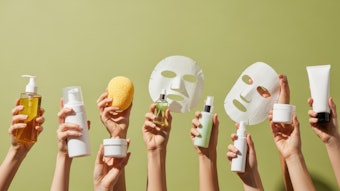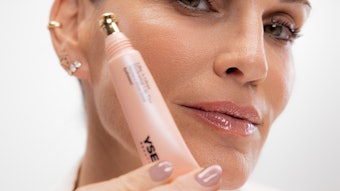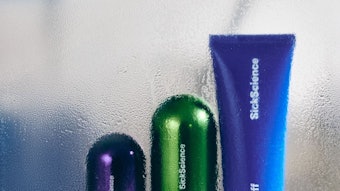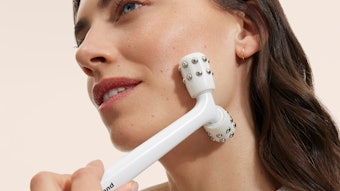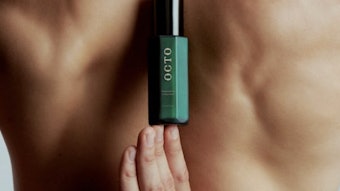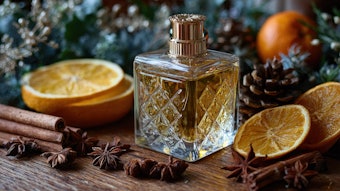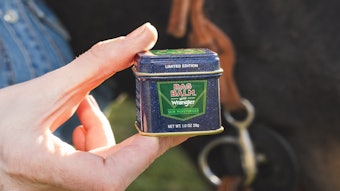According to a post by Kline's VP of consumer products Carrie Mellage, the natural and organic personal care market has registered double-digit growth for the sixth consecutive year since Kline began reporting the segment separately in 2007. Now at nearly $30 billion in global sales at the manufacturers’ level, natural beauty has solidified its position as a mainstay in the industry. Growing consumer awareness and increasing efficacy of natural personal care products continues to attract consumers. Plant-based ingredients were once enough to entice consumers, but today a product’s function and efficacy are now regarded as at least as important as the ingredient source by many consumers.
As such, natural product brand owners have become quick to capitalize on broader market trends. For example, Sante has addressed the lash extension craze with the introduction of Hypnotic Lashes, which is claimed to be a purely natural complex made up of birch extract, birch sap and black cohosh. Additionally, several natural beauty marketers have introduced alphabet creams (i.e., BB, CC), including Ole Henriksen, Andalou Naturals and Bare Escentuals.
Asia and Brazil are the fastest growing regions for the natural personal care market—both up around 15% in 2013—although these markets regularly enjoy high growth across industries. The steady rise of the segment in Europe and the United States, where the natural personal care market is one of few areas showing sustained high growth, is perhaps more notable.
Europe is the second largest region for natural personal care products, accounting for approximately a quarter of global sales. The region has consistently led the way in terms of advancements and harmonization in certifications and standards. In 2013, Europe saw a 6% uptick in natural personal care sales—more than double the pace of the total personal care market, which is estimated to have increased by about 3% in 2013. Likewise, the natural segment in the United States surged by 7% compared to a 2% rise for the overall beauty market.
Despite the natural beauty segment maturing, it continues to evolve each year, with new trends and opportunities constantly emerging. As of late, the new product scene has been dominated by products based on argan oil, açaí berry, pomegranate and calendula. Furthermore, the non-GMO labeling trend that is now prevalent in food products is in the nascent stages in beauty but expected to grow stronger.
With the merger and acquisition activity having heated back up in 2013 and continuing strongly in 2014, the beauty industry has emerged from the recession with a number of buyers that have significant cash on the books and who are searching for attractive (and often smaller, niche) beauty brands and are willing to pay more than in previous years. A few well-positioned natural brands—such as certified classic bar and liquid soap Dr. Bronner’s brand, fruity Juice Beauty or veggie-based Yes To—might offer great potential for interested buyers.
These and other issues sprouting up in the natural personal care field are addressed in Kline’s Natural Personal Care report. With naturals being a rare growth space in Europe and the United States, Kline is taking a spotlight to these markets in the next edition of the study, due out in Q1 2015.
